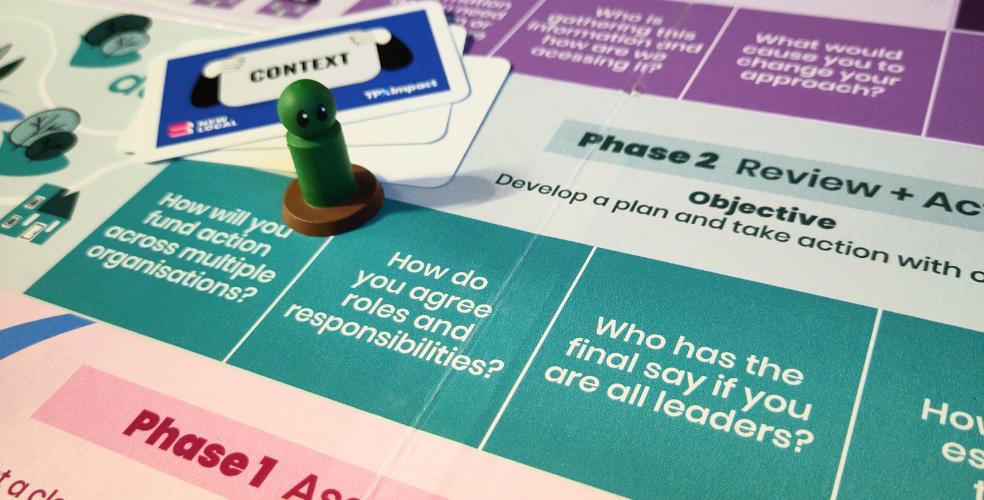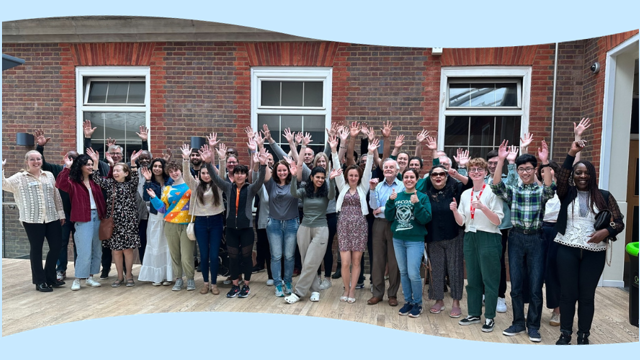Yet, how we engage residents in this democratic process hasn’t changed for decades. We rely on printed local plans (documents running to hundreds to thousands of pages deposited in local libraries. Planning committee meetings require a sophisticated understanding of planning legal precedent and procedure to have your view heard. And a laminated piece of A4 on a lamppost to tell residents about a new 30 storey development at the end of their road.
In the space of a few months, we’ve moved everything online. The government has cleared the way with changes to regulation for online planning notices and local plan engagement. The Planning Advisory Services provided guidance for online committees and many councils have recorded record ‘attendance’ for their planning committee meetings.
Despite the technical success of moving engagement online, are we missing an opportunity?
Copy/paste isn’t sustainable
Skeuomorphism is a preposterous word, but it neatly describes the problem. Skeuomorphism is most often used in graphic user interface design to describe objects that mimic their real-world counterparts in appearance or use.
A well-known example is the recycle bin icon used for discarding files. When moving ‘real world’ engagement activities to the digital world, we’re replicating how they work in real life. We’re copying the same problems of opacity, jargon and confusing procedure to a virtual world. We’re missing the opportunity to build new and improved ways of explaining the planning process to residents, allowing them to share their views and participate in shaping the future of their places.
Some argue we should wait for things to return to normal. That our current sticky plaster temporary solutions are sufficient for the short term. Even without questioning exactly how ‘short-term’ social distancing measures are likely to be, we should not be content with digital methods of engagement being a poor relative of real-world engagement.
Some argue that planning is necessarily technical and legalistic and it’s difficult to translate online or otherwise. That’s true, but it’s no excuse. By investing in communication design it’s possible to convey complex technical information to non-technical audiences.
At a very basic level, what if we designed a planning notice so it’s attractive, clear and accessible? As has been done in Atlanta.
Blockbuilders demonstrated how using Minecraft can interest children in planning. But what about using gaming for adults so they can better understand the dynamics of change in their neighbourhood? In the same way that Dynamicland teaches people about programming through physical interaction, how might we engage people in the future of their places in new ways?
It isn’t surprising that those least engaged in shaping the future of our places, and those most impacted by the future, are those digitally native members of the population under 40.
Improving the resident experience
Even small changes could significantly improve the resident experience of remote planning engagement.
Local Planning Authorities could design open-source a standardised front-end for planning committees. Embedded with their video conference tool of choice, this could include other features to improve accessibility and engagement such as FAQs, animated explanation of the planning process or the role of the committee, a mechanism to access and view relevant documents under discussion, etc. Or planning notices redesigned as digitally native products could provide better links to supporting documents, plans and maps, drawing attention to impacts from the Environmental Impact Assessments, Transport Impact Assessments and more.
This approach holds the potential to enhance resident understanding of the application, its context and impacts. It could better link people to how to express their views, either at a committee meeting or in written form.
Learning and experimenting with how to engage residents and stakeholders remotely is something that will continue to be important. Not only for the planning system but more broadly. The public health and economic shock of Covid-19, together with some environmental positives, will mean that many places are and will continue to bring together communities to reimagine their futures. Even as we see social distancing restrictions relax, to engage inclusively means putting digital engagement on a par with ‘real world’ engagement.

A game-changing approach to leadership
Radical Leaders: The Game! uses real-world crisis scenarios to challenge local government leaders, fostering collaboration, agility, & community focus.
Read moreOur recent insights

Empowering communities: the impact of citizens' assemblies
We spoke to Ellen Jennings, Senior Workstream Coordinator at Barnet Council’s Sustainability Team, about the importance of citizens' assemblies in helping to address the climate emergency.
Read more
Bringing community power to life
Our Community & Political Engagement Director, Claire Hazelgrove, shares her experiences from Stronger Things
Read more

